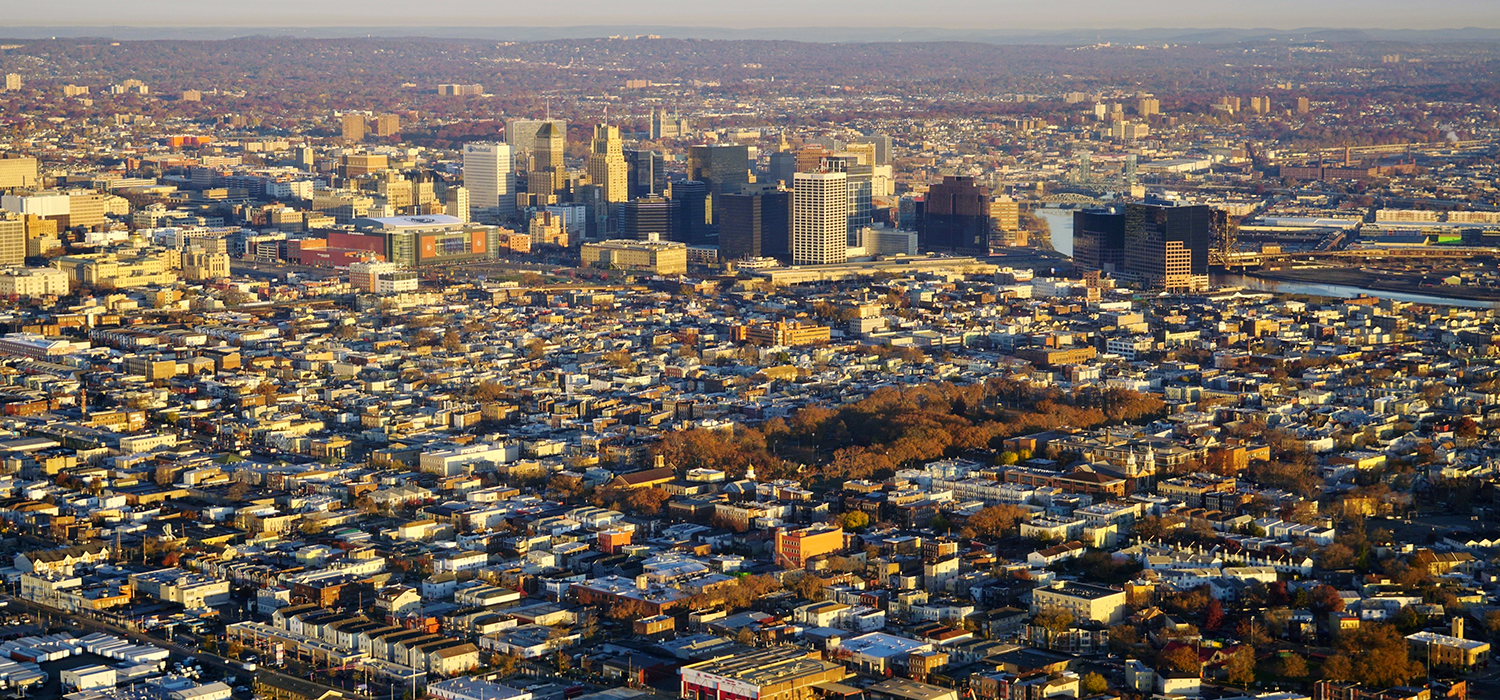
<p>EQRoy/Shutterstock</p>
A significant racial and ethnic homeownership gap exists nationwide and remains as wide today as it was in the late 1960s, when race-based discrimination in housing was declared illegal. Homeownership is the country’s most pervasive wealth-building tool, and the homeownership gap exacerbates the wide and growing racial wealth gap.
To move the needle, local, state, and national policymakers must identify and implement targeted policies. We hope to contribute to learning at the local level through work that has just begun in Newark, New Jersey, to increase equitable access to homeownership.
Newark has seen home prices appreciate rapidly since 2017, has a low homeownership rate, and has a high share of cost-burdened homeowners. We explored several facts and figures about Newark’s housing market in our recently published Housing Pulse data book, but the following characteristics stand out as trends we need to better understand to promote equitable access to homeownership.
Newark has experienced strong home price appreciation in recent years
After the housing bust, median sales prices in Newark, the United States, and New Jersey all rose but grew fastest in Newark. Since dipping to a low of $126,669 in 2012, the median sales price in Newark rose 90 percent to $240,088 in 2019. At the same time, median household income for Newark homeowners increased 12 percent to $65,856. And although mortgage interest rates remain historically low, the median income for Newark’s renters, who might be hoping to become first-time homebuyers, increased only 27 percent to $32,757.
Demographics alone don’t seem to explain the high cost of homeownership in Newark
Newark’s 24 percent homeownership rate in 2019 was 40 and 39 percentage points lower than that of the United States and New Jersey, respectively. Black households (47 percent) and Hispanic households (39 percent) make up the majority of Newark’s population. Black and Hispanic households generally own homes at much lower rates than non-Hispanic white households which is partly due to historical instances of structural racism. But the gap between the homeownership rate of white households (33 percent) and Black and Hispanic households (21 percent) in Newark is much smaller than rates nationally, in New Jersey, and in comparable cities, suggesting that race or ethnicity alone is not the deciding factor in Newark’s low homeownership rate.
The typical Newark homeowner is burdened by their housing costs
Newark’s surprisingly low homeownership rate could be partially explained by the significant share of homeowners that are cost burdened, spending 30 percent or more of their income on housing. Nationwide, 49 percent of renters are cost burdened and 24 percent are severely cost burdened, spending 50 percent or more of their income on rent. Homeowners are less likely to be cost burdened than renters because of their ability to lock in a monthly housing payment with a mortgage and to reduce their mortgage payment by refinancing when mortgage interest rates decline.
New Jersey’s statewide numbers largely mimic these national statistics: 49 percent of renters are cost burdened and 25 percent are severely cost burdened, whereas 29 percent of homeowners are cost burdened and 12 percent are severely cost burdened.
Newark renters also follow this trend, with 56 percent considered cost burdened, but surprisingly, the typical Newark homeowner is also considered cost burdened. In 2019, 51 percent of Newark homeowners had owner-related costs that amounted to 30 percent or more of their household’s income.

The relationship between real estate taxes and household income may explain these trends
Newark’s higher share of cost-burdened households could be explained by low household incomes. The median homeowner in Newark and the median homeowner in New Jersey pay similar monthly costs ($1,793 versus $1,890), which include mortgages, real estate taxes, insurance, utilities, fuel, and association fees. But over a full year, that cost is a much higher share of household income for the median household in Newark, where the median homeowner income was $45,000 less than the median homeowner income in New Jersey as a whole.
High real estate taxes also appear to play a role. Nationally, the median real estate taxes paid in 2019 accounted for 19 percent of the median homeowner’s annual costs. In Newark, real estate taxes are nearly two and a half times the national median and represent 30 percent of homeowners’ annual costs. These taxes consume 3.1 percent of homeowners’ income nationally but 9.7 percent of the median homeowner’s income in Newark.
Higher real estate taxes appear to raise the financial burden of homeownership in Newark, which could disincentivize homeownership.
Real Estate Taxes Paid, Home Value, and Homeowner Income, 2019
|
|
Median real estate taxes paid |
Median home value |
Median homeowners' household income |
Median real |
Median real |
|
United States |
$2,578 |
$240,500 |
$81,988 |
1.1% |
3.1% |
|
New Jersey |
$8,432 |
$348,800 |
$112,036 |
2.4% |
7.5% |
|
Newark |
$6,390 |
$270,600 |
$65,856 |
2.4% |
9.7% |
Source: American Community Survey.
Understanding these trends in Newark could help other localities address the homeownership gap
In the coming months, the Urban Institute will work with stakeholders in Newark to unpack the reasons behind these and other trends and to develop local policy solutions for promoting equitable access to housing in New Jersey. We know that Black and Hispanic homeowners face structural barriers to homeownership. Better understanding these barriers in Newark, given its majority of Black and Hispanic residents and low homeownership rates, can help us better understand how to reduce the racial homeownership gap at the local level in other cities.
Let’s build a future where everyone, everywhere has the opportunity and power to thrive
Urban is more determined than ever to partner with changemakers to unlock opportunities that give people across the country a fair shot at reaching their fullest potential. Invest in Urban to power this type of work.